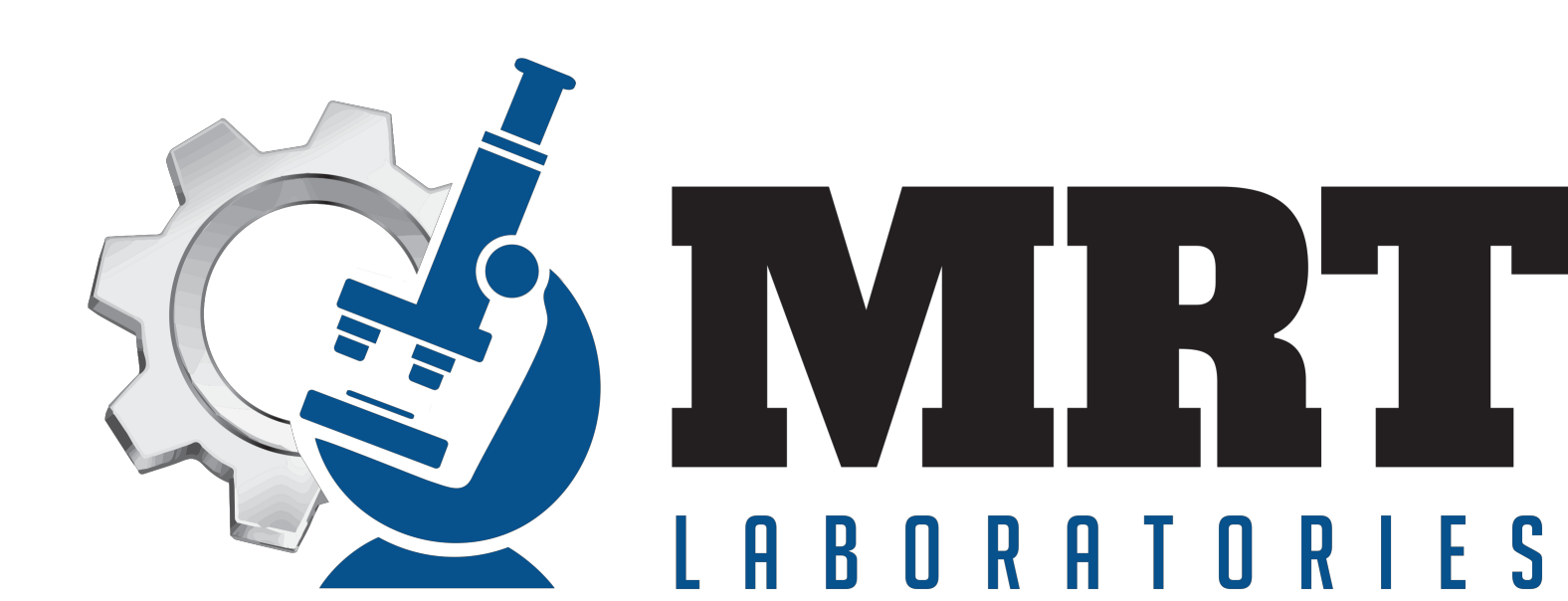Water contamination of oil. How much water is too much?
How much water is too much for your oil? The answer may surprise you. Follow these simple steps to assess the condition of your lubricant and avoid unnecessary equipment damage caused by elevated water.


The three phases of water in a lubricant are dissolved water, emulsion, and free water.
In every lubricant the goal is for water to be dissolved. It is abnormal for any lubricant’s appearance to be cloudy (emulsion) or for there to be water drops or a water layer (free water) in the oil. The only exception to this rule is an engine oil that can have a black and translucent appearance but still be suitable for continued use.
We are commonly asked; in any lubricant how much water is too much? What threshold setting should I use to determine normal and abnormal levels of water contamination?
Here’s a very worthwhile exercise that we recommend to every customer. Create a spreadsheet list of every lubricant in the plant and list the alarm levels for (1) viscosity, (2) water contamination, (3) acid number, and (4) ISO 4406 Cleanliness Code (Particle Count).
What is in spec and what is out of spec for each fluid? Your third-party oil analysis laboratory might already provide this information on each report. If not, then they should be able to provide when asked.
Compare this data with alarm levels provided by each lubricant’s OEM. A knowledgeable sales representative should be able to provide the information.
This spreadsheet should be on one page of paper and available to anyone who utilizes oil analysis reports to make equipment reliability maintenance decisions. We recommend updating the list once per year.
There will likely be one or two lubricants for which you are uncertain of the water contamination alarm levels. If a lubricant has Anti-Wear or Extreme Pressure additives it will likely hold more water in a dissolved state, due to the polar nature of the additives. In contrast, a typical turbine oil will lack those additives, therefore water contamination should be less than 100 ppm if possible, and less than 200 ppm for certain.
Measuring contamination by an oil’s appearance is the cheapest and quickest way to determine whether a lubricant has an abnormally high amount of water in it.
Is the sample transparent? Can you see through it in a clear sample bottle, regardless of the color?
If you can then the water is dissolved, the sample is not saturated, and this is normal.
Once the sample is at the oil analysis laboratory, the ISO 4406 by laser particle counter will confirm whether water is dissolved and below any saturation threshold. The water bubbles in a saturated oil sample will be counted as particles by a laser particle and create an excessively high ISO 4406. This indicates abnormal water contamination and can assist in setting a limit on whether the amount of water in a sample is excessive.
Watch for follow up articles on this subject in the near future, and we encourage any questions or comments.
